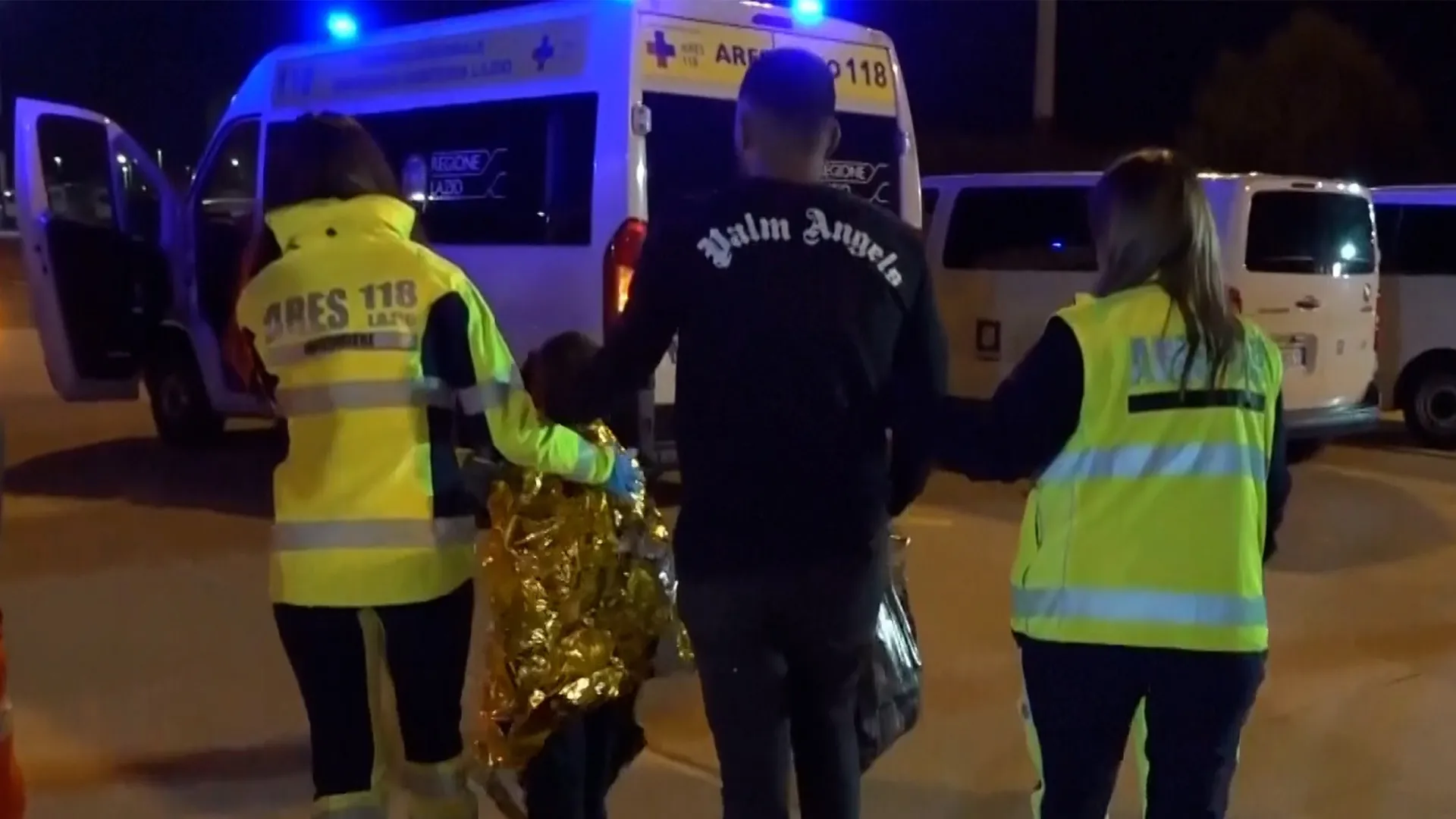Sick children from Gaza arrive in Italy for medical treatment | Gaza
Italy is welcoming 19 children who were evacuated from Gaza by the World Health Organization. They’ll receive advanced medical treatment in several hospitals across the country.
Published On 6 Nov 2025
